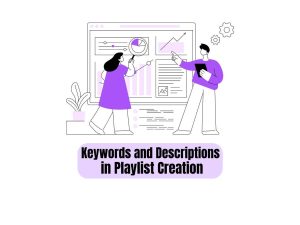In the world of internet marketing, landing pages are where the rubber meets the road. They’re crucial for converting the traffic from search engine marketing (SEM) campaigns into leads or even sales. However, a landing page that fails to deliver an optimized experience to visitors can prove to be a stumbling block in achieving higher conversion rates.
So, how can you design landing pages to increase SEM conversion rates? Let’s discuss.
1. Clarity is Key
First and foremost, your page should instantly communicate its proposition to visitors. A headline that clearly states the offering and a subheadline that elaborates on it can make a strong first impression. Remember, clarity trumps persuasion – even the most persuasive copy would fall flat if your visitors don’t understand what you’re offering.
2. Implement the Right CTA
Calls-to-action (CTAs) are the pivot points of conversion. They should not only stand out visually but also use persuasive language that encourages clicks. It’s about striking the right balance between being assertive and providing value.
3. Leverage Trust Signals
Using trust signals such as testimonials, customer reviews, third-party seals, or media mentions can increase credibility and encourage visitors to take action. These signals reduce perceived risks and reassure visitors that they’re making the right choice.
4. Make Loading Times Lightning Fast
Loading speed can make or break your SEM conversion rates. A slow-loading page often leads to high bounce rates. Optimize your page’s speed by compressing images and CSS files, and using reliable and fast hosting.
5. Match Visitor’s Intent and Expectations
Your landing page should meet the promises you made in your ads. Disconnect between the ad and the landing page will leave visitors disappointed and lead to a rapid exit, hurting your conversion rates. Make sure your headlines, visuals, and copy align with your ad campaigns.
6. Implement Mobile Optimization
It’s essential to ensure smooth navigation for mobile users. Use responsive design to make your page look and work well on all screen sizes, and ensure buttons are big enough to tap and text is easy to read.
7. A/B Testing
Last but not least, continuously testing and tweaking is crucial for landing page optimization. Experiment with different headlines, visuals, CTAs, and layouts to find what works best. SEM traffic is perfect for A/B testing as it allows for controlled traffic influx and precise monitoring.
Conclusion
To wrap up, the primary purpose of a landing page in SEM is to convert – to transform visitors into leads, subscribers, or customers. By focusing on clarity, offering a strong value proposition, and optimizing for speed and mobile use, you can capture more conversions and get the most bang for your SEM buck. Always remember, optimizing landing pages is a continual process, not a one-time task.



































